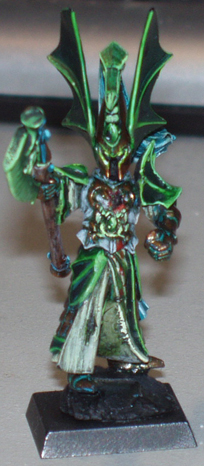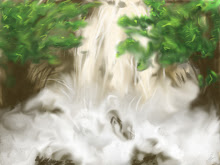
I found a project developed by the University of Illinois that is heading in the right direction. they call it Audiobombing.

My Idea
Electronic Graffiti. Traditionally graffiti art has been frowned upon as a destructive way for the population to express their political, social and cultural beliefs. In the act of creating art to express themselves the graffiti artist defaces property, usually someone else's so as to show their disregard of the law or the importance of their opinion being greater than the value of the property, and usually somewhere public to increase the impact.
Where most graffiti is visual in nature I intend to create a way in which a person might share their opinions, their music, their work publicly without the necessity to deface public property. I intend to create a public forum invisible to the naked eye and those who would not wish for visual eyesores, but available and visible to mobile technology.
So, using a public place as a basis for my forum I will produce a digitized area using augmented reality and bluetooth / gps / other mobile technology to allow a person to digitally "tag" a part of that area. I would also encourage collaborative works so that users of this digital space could share artworks, music, video and playlists and improve upon them. These media objects would be available only to those who used the technology and could be viewed according to preference.



